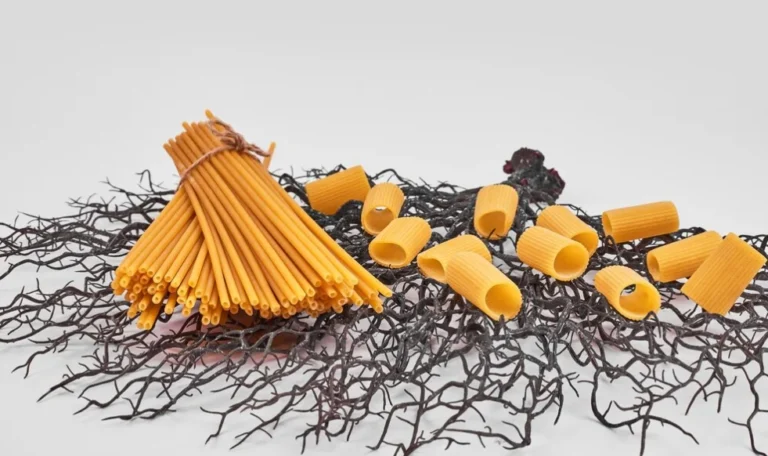Can an Oyster Card Survive a Washing Machine? Here’s What You Need to Know

Have you ever found yourself digging through freshly washed laundry, only to discover your Oyster card tucked away in a pocket? The sinking feeling that follows is all too familiar. But how likely is it that your Oyster card will survive the spin cycle unscathed? In this article, we’ll explore the odds, what you can do to test its functionality, and steps to take if it doesn’t work.
The Durability of Oyster Cards
Oyster cards are designed to withstand regular use and moderate wear and tear, but they’re not invincible. These cards contain an internal chip and antenna that communicate with card readers. While the plastic exterior provides some protection, exposure to water, heat, and prolonged agitation—like in a washing machine—can cause damage.
Common Risks in the Washing Machine
- Water Damage: Although the chip is encased, prolonged exposure to water can seep through and corrode its components.
- Physical Stress: The spinning and tumbling motion in a washing machine can bend or crack the card, damaging the chip or antenna.
- Heat: High temperatures during a wash cycle or in the dryer can warp the plastic, making the card unreadable.
What to Do If Your Oyster Card Goes Through the Wash
If you’ve accidentally washed your Oyster card, don’t panic. Follow these steps to assess its condition:
- Inspect the Card: Check for visible damage, such as cracks, bends, or warping. If the card appears physically intact, there’s still hope.
- Dry the Card: Pat it dry with a soft cloth and leave it in a cool, dry place for a few hours. Avoid using a hairdryer or placing it near direct heat, as this can cause further damage.
- Test the Card: Once the card is dry, try tapping it on a card reader. If it works, you’re in luck. If not, move on to the next step.
What If the Card Doesn’t Work?
If your Oyster card is unresponsive after being washed, you’ll need to replace it. Here’s how:
- Contact Transport for London (TfL): Visit the TfL website or call their customer service to report the damaged card.
- Request a Replacement: TfL may transfer your remaining balance and travel history to a new card. Be prepared to provide the serial number from the back of the damaged card.
- Consider Going Digital: To avoid future mishaps, consider using a contactless payment method via your smartphone or bank card. These options are equally convenient and less prone to accidental damage.
The Odds of Survival
While there’s no guarantee your Oyster card will survive a trip through the washing machine, many users report their cards still work after such incidents. The key is to act quickly, assess the damage, and test the card before assuming it’s beyond repair.
Proactive Measures to Protect Your Oyster Card
To prevent this scenario in the future, consider these tips:
- Use a Protective Case: Keep your Oyster card in a waterproof cardholder to shield it from water and physical damage.
- Check Pockets Before Washing: Make it a habit to empty pockets before doing laundry to avoid mishaps.
- Register Your Card Online: Registering your Oyster card with TfL ensures your balance and travel history are protected, even if the physical card is damaged or lost.
Conclusion
Accidentally washing your Oyster card isn’t the end of the world. While the odds of survival depend on factors like the wash cycle and card condition, taking quick action can make all the difference. And if the card doesn’t work, TfL’s replacement process ensures you won’t lose your balance or travel history. With a bit of care, you can avoid this common mishap in the future.






